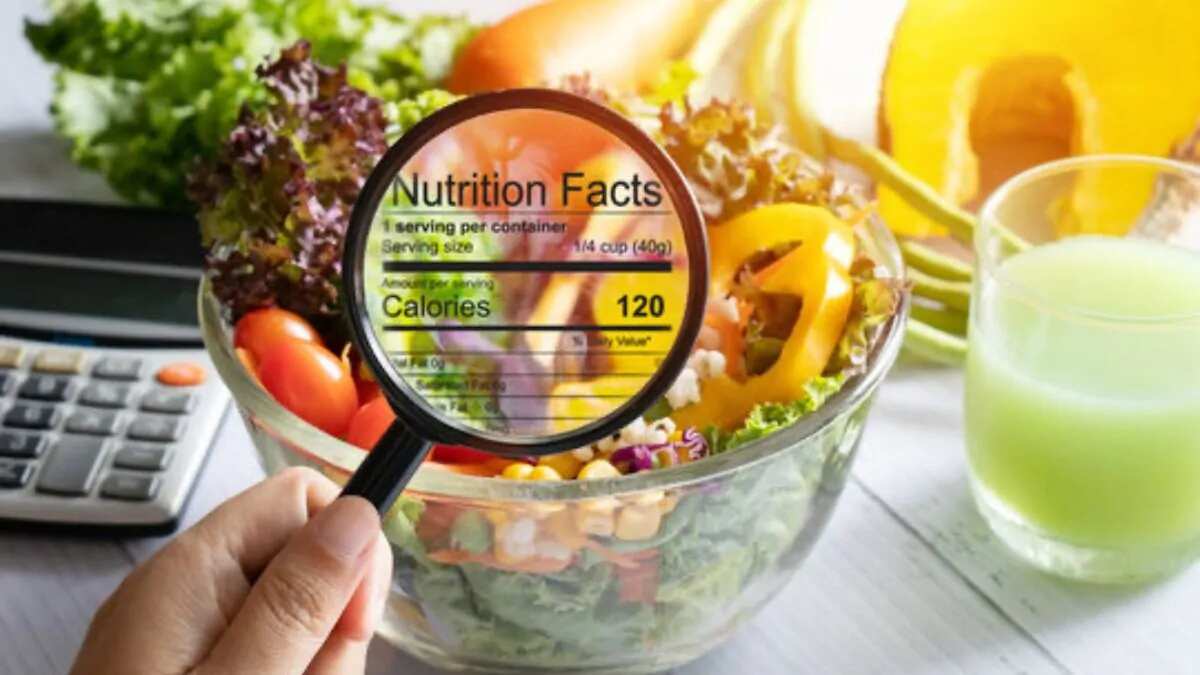
Food packaging in India has changed significantly in recent years with clearer regulations and more detailed labelling requirements. Yet many shoppers still feel unsure about the long lists of ingredients, nutrition charts, and technical terms on the back of packets. Understanding labels is not only about calories and nutrients, but also about recognising hidden elements that may not always be obvious at first glance. With a little knowledge, food labels can become less confusing and more useful in daily life. When understood correctly, labels can serve as an effective tool for comparing products and choosing those that are better suited for personal health needs.
Ingredient List As The Starting Point
The first section to read on any packaged food is the ingredient list. Ingredients are always arranged in descending order by weight, which means the first item is present in the largest quantity. For example, if sugar is listed first on a biscuit packet, then sugar makes up most of the product. Paying attention to the first three to five ingredients provides a clear idea of what the product mainly contains. Shoppers should also look for repeated forms of the same substance such as sugar, glucose syrup, fructose, and dextrose, which may be spread across the list to make the overall content less obvious.
Nutrition Information And Daily Values
The nutrition table is where calories, protein, fat, fibre, and vitamins are listed. Each nutrient is shown per 100 grams or per serving size, and comparing the two helps in estimating actual intake. In India, the Food Safety and Standards Authority of India (FSSAI) requires certain details such as energy, protein, carbohydrate, sugar, and fat to be mentioned clearly. Daily values or recommended daily allowances can provide context, but people should focus on limiting high levels of saturated fats, added sugars, and sodium. A balanced approach works best, as labels can guide healthier choices without creating unnecessary worry.
Understanding Additives And Preservatives
Food labels often contain codes or technical names for additives. These can include colours, stabilisers, flavour enhancers, or preservatives. In India, additives are usually listed by name or by an international ‘E number’. For example, citric acid may appear as E330. Reading and recognising these codes helps to identify what is present in the food beyond the basic ingredients. Most additives approved by FSSAI are considered safe in regulated amounts, but people who prefer simpler products can choose items with shorter ingredient lists and fewer additives.
Checking Allergen Information
Many packaged foods in India are required to declare common allergens such as milk, peanuts, wheat, soy, and tree nuts. This is usually printed in bold or highlighted under the ingredients. Even trace amounts can be risky for those with allergies. People who are sensitive should always check this section carefully, especially when trying a new brand. It is also important to note cross-contamination warnings like “may contain traces of nuts,” which indicate the possibility of exposure during processing.
Looking At Claims On The Front Of Pack
Phrases such as “low fat,” “high fibre,” or “natural” are often placed on the front of food packaging. These claims may be true, but they should never be the only guide to purchase. For example, a product labelled “low fat” might still contain a high amount of sugar. Similarly, “multigrain” does not always mean that whole grains are used. The best way to confirm is by reading the full ingredient list and nutrition chart. In India, FSSAI regulates these claims, but consumers should always verify them with the detailed information on the back.
Shelf Life And Storage Instructions
Every packaged food in India must display its manufacturing date, expiry date, and storage instructions. Reading these details is essential to avoid consuming food past its safe limit. Products that are close to expiry may lose freshness and may not taste as intended. Storage instructions, such as “store in a cool and dry place” or “refrigerate after opening,” should be followed carefully. Following these instructions can prevent food spoilage and maintain quality.